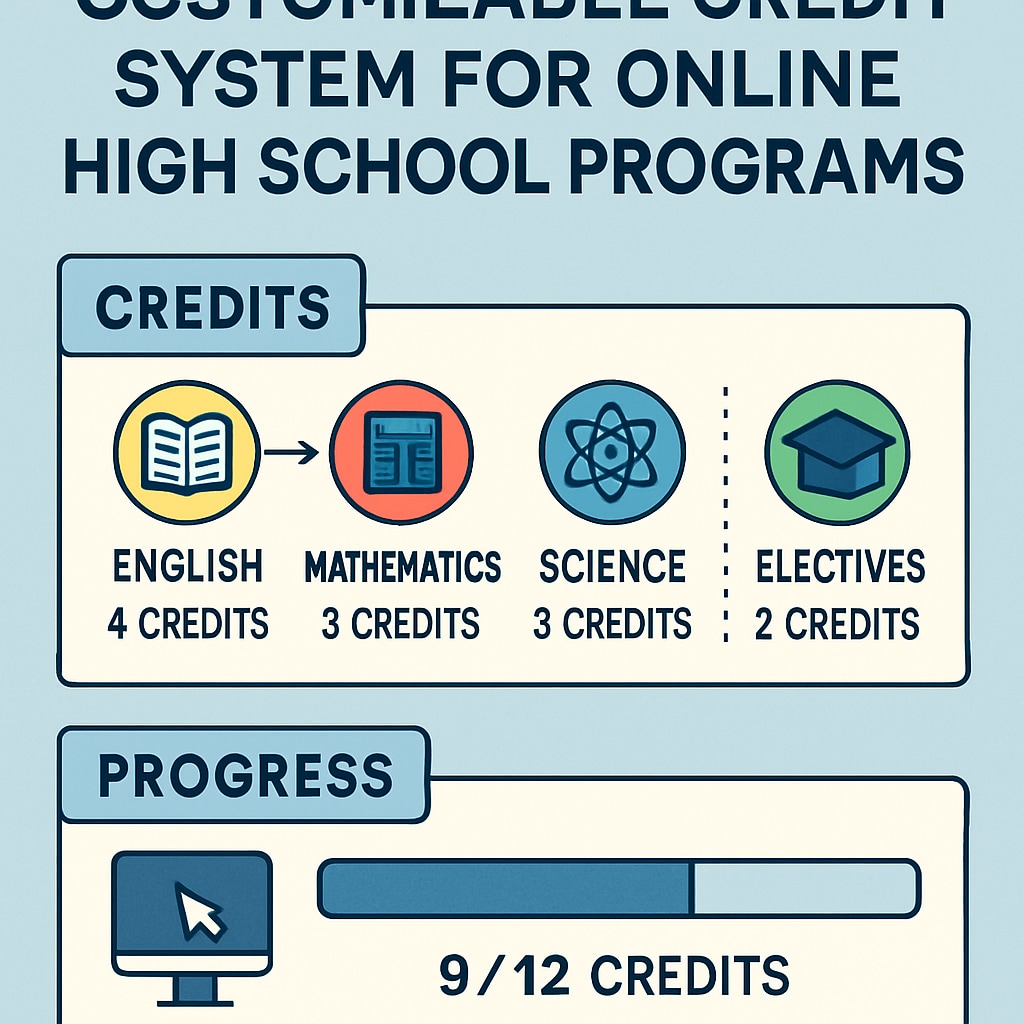For international students and long-term disconnected learners, “online high school diplomas, flexible credit systems, and accessible education” can present a transformative solution. Traditional high schools may not always accommodate students facing geographic relocation, personal challenges, or extended periods of absence. Online high school programs in the United States are emerging as viable alternatives by offering flexibility, recognized credentials, and tailored learning experiences. This article explores the feasibility of online high school education as a replacement for conventional schooling and its role in rebuilding learning confidence and future planning.
Why Choose Online High School Education?
Online high school education offers several advantages that make it a suitable option for students who cannot attend traditional schools. Here are some key benefits:
- Flexibility: Students can access courses at their own pace and schedule, which is particularly helpful for international learners in different time zones or those managing personal circumstances.
- Accessibility: With internet access, students can connect to high-quality programs from anywhere, bypassing geographic limitations.
- Recognition: Many online high school diplomas are accredited and widely accepted by colleges, universities, and employers.
These features make online education not only feasible but also empowering for students who have faced challenges such as relocation or extended periods of academic disconnection.

Flexible Credit Systems: A Path to Completing Education
One of the standout features of online high school programs is their flexible credit system. Unlike traditional schools, where strict schedules and curriculums can hinder progress, online platforms allow students to:
- Earn credits at their own pace, ensuring they can manage their workload effectively.
- Transfer previously earned credits from other institutions, reducing redundancy and time to graduation.
- Choose elective courses that align with their future career goals or personal interests.
Such flexibility is especially beneficial for students who may have experienced interruptions in their education or have unique academic needs. For example, international students transitioning between educational systems can easily adapt to U.S. standards through online programs.

Rebuilding Confidence and Planning for the Future
For students who have been out of school for extended periods, returning to education can be daunting. Online high school education provides a supportive environment for rebuilding confidence. Features such as personalized learning plans, one-on-one virtual tutoring, and progress-tracking tools help students regain momentum and take control of their academic journey.
Moreover, online programs often integrate career counseling and college preparation resources, enabling students to plan for their futures while completing their high school education. As a result, learners who were once disconnected from traditional schooling systems can emerge with a clear path forward.
For example, programs like GED diplomas or fully accredited online high school diplomas are highly recognized by institutions globally. These programs ensure that students do not face barriers when applying for higher education or entering the workforce.
Challenges and Considerations
While online high school education offers numerous benefits, it is important to address potential challenges:
- Self-Motivation: Online learning requires a high level of discipline and self-motivation, as students must manage their schedules independently.
- Technology Access: Reliable internet and appropriate devices are essential, which can pose a barrier for some students.
- Social Interaction: The virtual format may limit opportunities for peer-to-peer engagement, which is an integral part of traditional education.
Understanding these challenges can help students and parents make informed decisions and take proactive steps to overcome barriers.
Conclusion: A Gateway to Second Chances
In summary, online high school education in the United States is a promising alternative for international students and long-term disconnected learners. With flexible credit systems, recognized diplomas, and opportunities for personalized learning, these programs create pathways for students to rebuild their confidence and plan for a brighter future. By crossing geographic boundaries and embracing tailored education, students can turn challenges into opportunities and achieve their educational goals.
For more insights into online learning systems, visit Education on Britannica.


